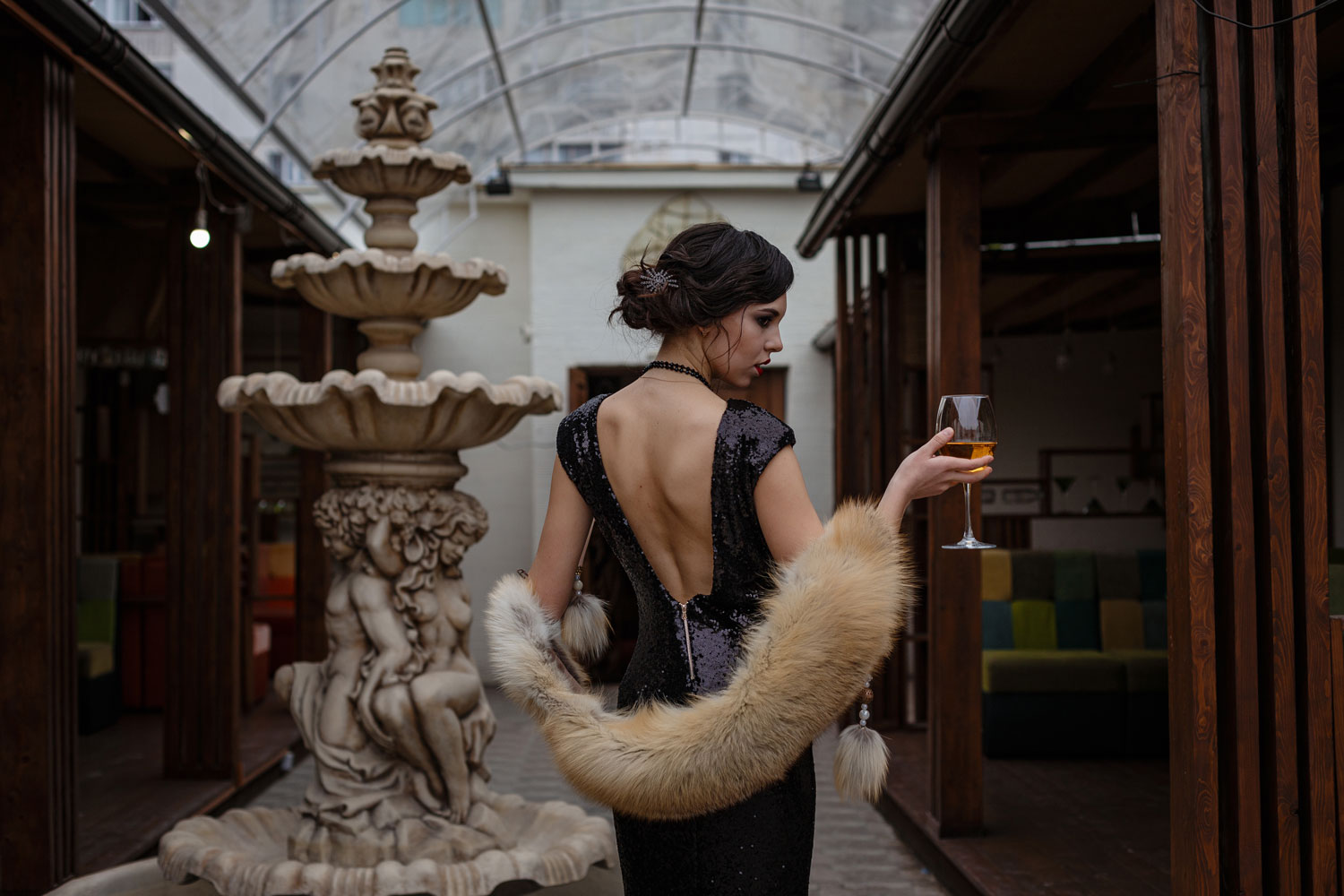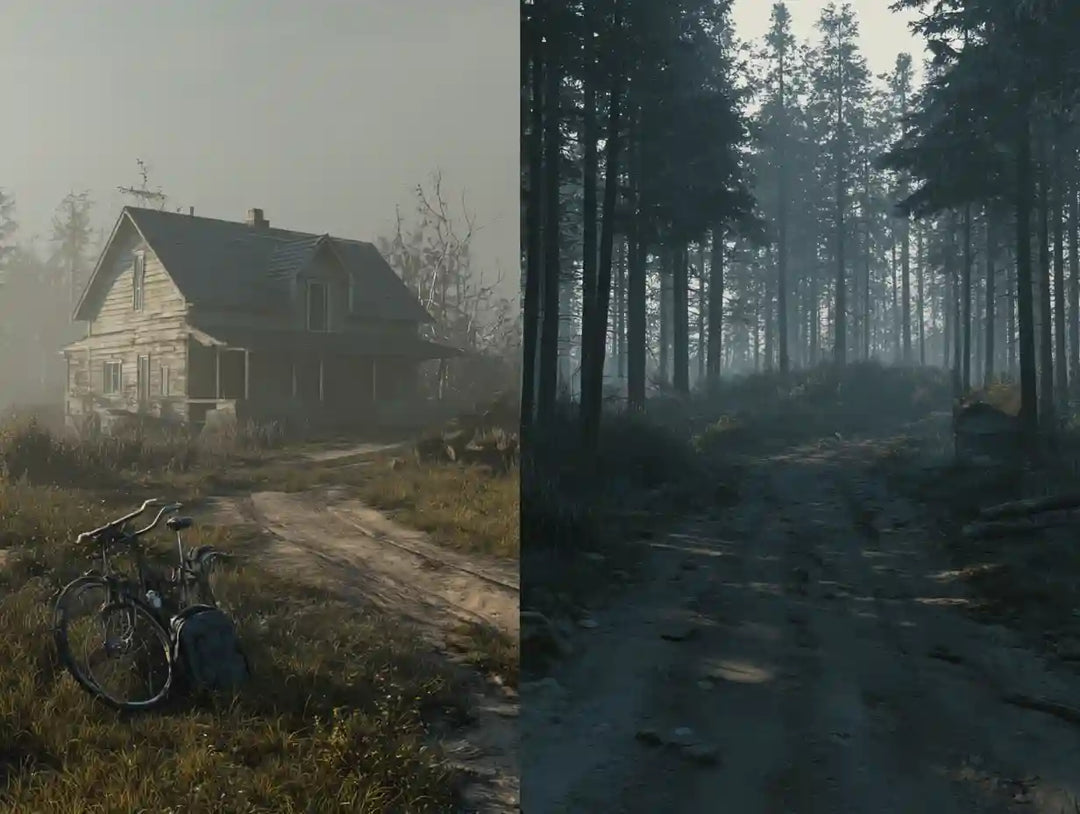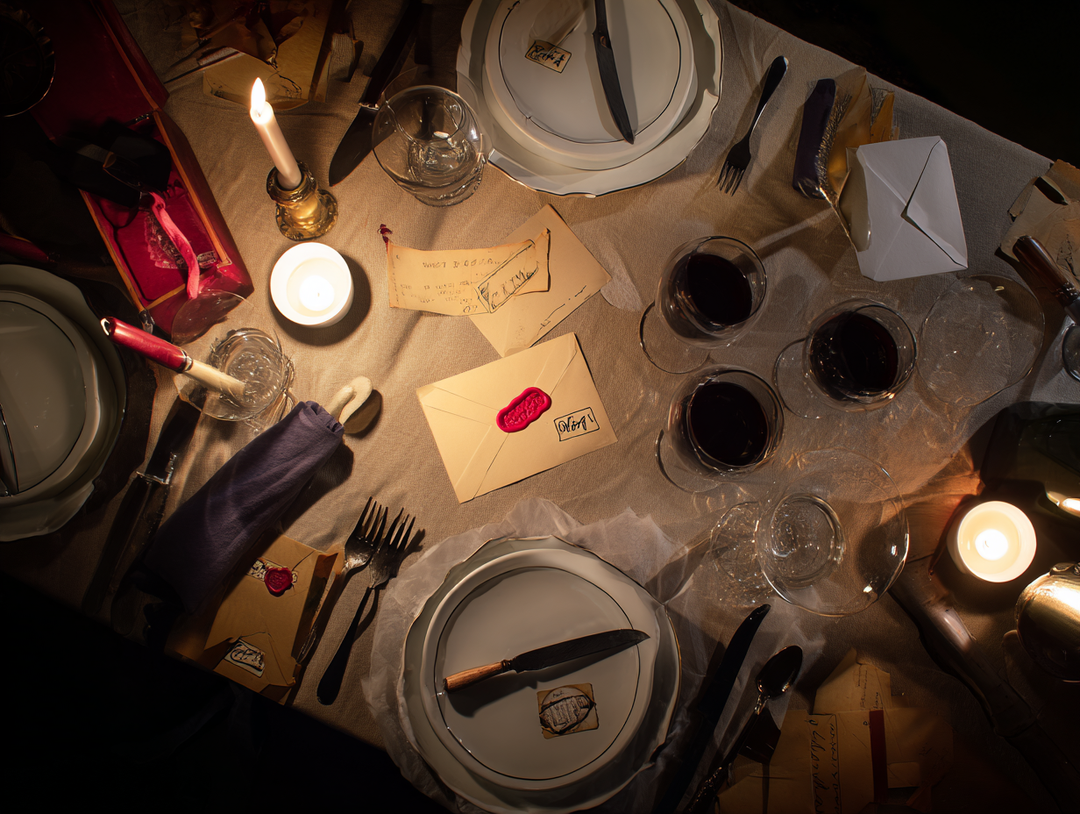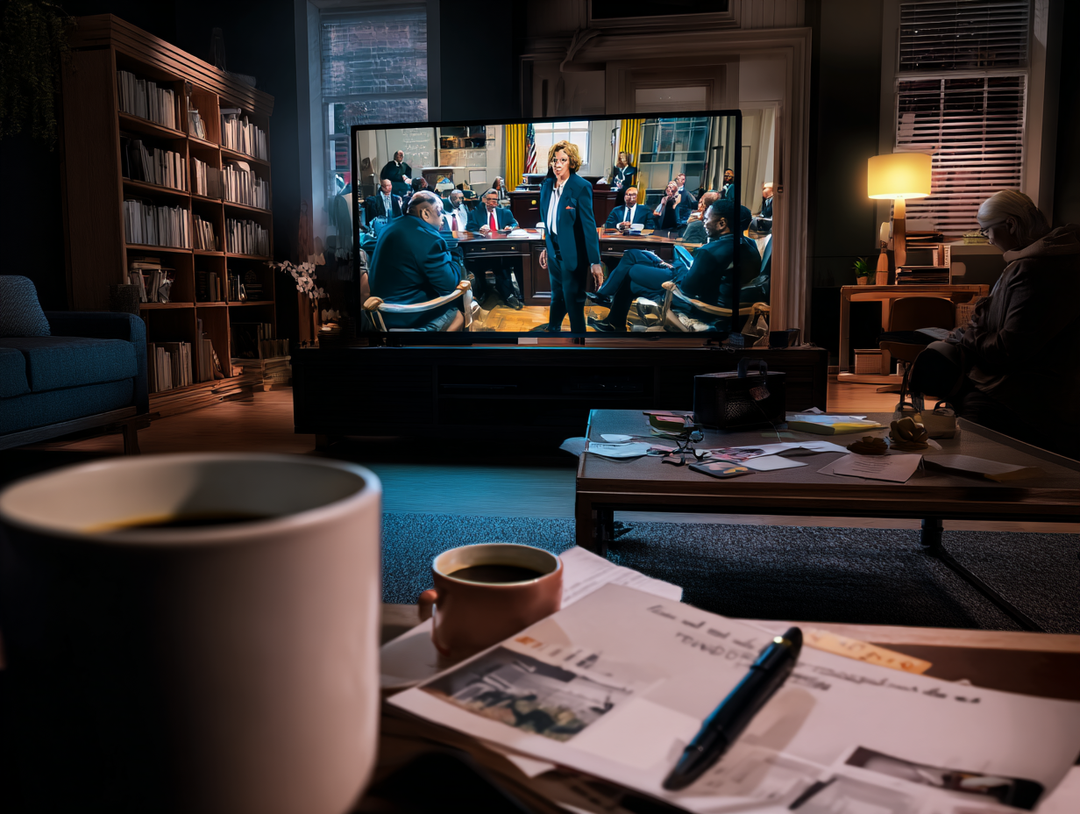
In 1920, American President Herbert Hoover implemented the biggest ‘social and economic experiment’ in history. He decided to ban alcohol being made, transported or sold across the entire of America. But how successful was prohibition really? What were its aims? Yes, it created a great storyline that has been used in murder mystery games, books, films and TV shows, but media infamy was not its true purpose. In this article we look at the prohibition era and the emergence of the speakeasy, the gangsters who profited from illegal trade and the ramifications of this, that has made it such an appealing theme even now, over a century later.
What was the 1920s prohibition?
Prohibition originally began as a religious movement as early as the 1840s when the state of Maine, USA implemented the laws. A prohibition Party was established in the 1860s and the movement continued to grow, by 1880’s there were various groups fighting for the ban of alcohol. The interference of the Church in State Affairs and decision making is not a recent thing. The Religious men who held political power were some of the strongest causes for the enforcement of Prohibition. “The Eighteenth amendment passed in 1919 ‘with a 68 percent supermajority in the House of Representatives and 76 percent support in the Senate’ and was ratified by 46 out of 48 states.” (Wikipedia) The ban lasted for 13 years, before being lifted. Many Critics attacked the policy stating that it was actually causing more crime, affecting local economy and ‘imposed "rural” religious values on "urban" America.
These Religious and social reformers saw alcohol as the chief cause of poverty, industrial accidents, criminal organisations and political corruption. One such group was the Anti-Saloon League (ASL), founded in 1893, this became a powerful force, sweeping across the states and by 1916, 26 states had passed prohibition laws. When war broke out, their argument became stronger. America needed to be careful of its grain supplies, not to mention many breweries were from German businesses. This made it a lot easier for these reformers to argue their case. However, it wasn’t just German businesses that would suffer during this time.
These religious extremists put pressure on the government and limits were put on the production of all alcohol and in 1919 the 18th Amendment was added to the US constitution, this would ban alcohol being made, transported or sold. It came into force from January 1920.
Bootlegging

Despite the amount of people in power who supported the 18th amendment, many American citizens were incredibly angry about the choice and they were more than willing to make, buy and consume alcohol illegally, this gave rise to the creation of Speakeasy’s and the bootlegging industry. Although it started off as a success with arrests for drunkenness being reduced and a 30 percent drop in alcohol consumption, those that wanted to drink, found ways to do so and the Prohibition Era became synonymous with illegal drinking houses (Speakeasy’s), mobsters and murder.
Bootlegging in the U.S was the ‘illegal traffic in liquor in violation of legislative restrictions on its manufacture, sale or transportation.’ It was an industry that flourished, with large quantities of alcohol being imported into the U.S from the Canadian and Mexican borders. Cuba, The Bahamas and the French islands of Saint-Pierre and Miquelon were popular importers. Organisations that were smuggling alcohol would often stop just opposite Atlantic City, New Jersey, three miles outside the jurisdiction of the US Government and would load the goods onto high power boats that would cross the borders and quickly outrun the American coast guards.
As that became more expensive and riskier, as the American Government built their own high speed ships, other methods had to be concocted. ‘Medicinal whisky’ was introduced, this was perfectly legal and could be bought at drugstores, through the use of forged prescriptions.
Many industries such as cleaning, or construction still used alcohol. To be allowed this had been tarnished with various chemicals to make it unfit for drinking. Bootleggers would often steal gallons of this, they would washed, it to remove the chemicals, water it down and then flavour it to taste like alcohol. This could then be sold to private households or Speakeasy’s. You can read more about bootlegging here.
As law enforcers closed pubs and clubs all over the country, the Speakeasy’s sprang up in their place. A Speakeasy was an illegal drinking house often ran by high profile, organized crime groups or gangsters as we know them as today. Who sought to control the lucrative industry. By 1925 there was over ten thousand Speakeasy’s in New York city alone. Many of course were shabby basements in tenement blocks in dodgy parts of town, but some were elegant restaurants and clubs featuring fully stocked bars, stages and dance floors.
But what exactly is a Speakeasy? Where does it come from?

Well according to Binwise “The word first appeared in a newspaper article on March 21, 1889. It referred to “speak easy” as the name for a saloon in the western Pennsylvania town of McKeesport that “sells without a license.” (binwise) During Prohibition it became the common term of describing illegal drinking houses. It became quite profitable, a person or an organisation could open up a Speakeasy without having to worry about acquiring a liquor licence.
Impact on American Culture

Prohibition had a massive impact on American culture. Jazz music in particular boomed during this Era. With more Nightclubs than ever, popular jazz artists of the time such as Louis Armstrong would often perform at these clubs. Racism became less of a thing during this time as people from mixed racial backgrounds would often meet and mingle, enjoy a drink and listen to jazz and women gained a lot more freedom. At these illegal clubs they could meet and drink with men. Something that was prohibited before then. Women would rarely drink and never in a public bar and many were banned from the saloon bars.
Prohibition, driving the alcohol business underground and the opening up of Speakeasy’s opened so many doors for women. The flapper was born, with their short skirts, bobbed hair and freedom to vote and to say and do what they please, sexism became a thing of the past. Several women even owned their own businesses. During this era there was very little difference between men and women and what they could and couldn’t do.

Despite the positive social equality that came about during this time, corruption was still rife with club owners often bribing the police force and government official to prevent their bars from being raided. Secret knocks and passwords were added to keep the locations of these club’s secret and elaborate methods of destroying evidence in the event of raids was developed. The 21 Club, one of New York’s famous speakeasy’s could simply press a button and all the alcohol would fall straight down into a pit, filled with rocks, smashing all the evidence. The negative side of this new, illegal industry was the rise of organised crime, with mobsters such as Al Capone, Charles Luciano, and Guiseppe earned millions during this time. Members of organised crime syndicates would often use the Speakeasy’s to make money. They sought to control the illegal liquor trade, opening chains across the country and fighting for ‘turf’. This led to an increased rise in gang warfare.
Organise crime and the rise of the ‘mobster’
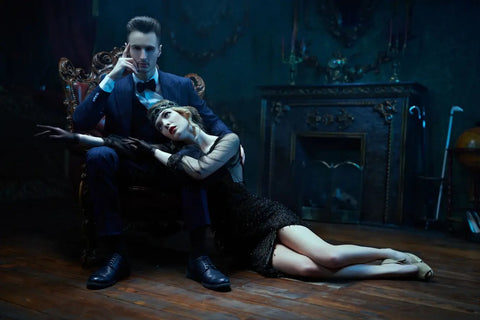
Organised crime wasn’t a new thing, it had existed for years. Before Prohibition these crime bosses operated silently, on the edges of the city and didn’t receive much attention. Prohibition allowed mobsters to earn huge amounts of money it gave them the means to start building huge empires and they would profit greatly from Speakeasies and bootlegging operations. “Al Capone, leader of the Chicago Outfit, made an estimated $60 million a year supplying illegal beer and hard liquor to thousands of speakeasies he controlled in the late 1920s.” (the mob museum)
In Chicago gangs would often, fight each other for territory and several massacres occurred between the different gangs to seize ultimate control and eliminate the competition. Events such as the St Valentines Day Massacre (Chicago, 1929) shook the nation, when seven men associated with the Irish gangster George Moran, one of Capone’s long-time enemies, were shot to death by several men dressed as policemen. The crime was never solved but Capone was believed to have been involved. Events like this became more frequent.
In the early days of Prohibition, crime was much less organised. Gangs could wield a gun, intimidate other people and protect illegal breweries from rival gangs, provide security or pay off nosy officials, but they knew little of how to run a large operation. The more power these gangs gained the more they branched out to run not only bootlegging operations but drug operations, gambling, prostitution and loansharking. They needed to get organised.
While Chicago gangs would often fight each other for power, in New York, they had The American Mafia, this crime syndicate rose to power during this Era as a way to coordinate the activities of Italian bootleggers and other gangsters in New York City with gangs working together to maintain smooth operations and maximise profits. They would hire lawyers to manage their affairs and help with their money laundering as Prohibition-era mob money was funnelled into new casinos and hotels.
Money laundering: Changing ‘dirty’ money gained from illegal trades such as drugs, trafficking, alcohol etc. Into ‘clean’ legal tender. This was often done by buying houses or businesses for well above their market value (using their dirty money) and then selling it for a lot less. But the money they gained from the sale would be ‘clean’ and legal.

Many of these mobsters would run multiple chains or operation, they owned several ‘gin-joints’ and other businesses they seized control, (often through bloody and violent means) of an entire local chain of bootlegging operations, from secret distilleries and breweries to storage and transport companies and speakeasies, restaurants, nightclubs, and retail investments. They had to become businessmen and work together, with Italians, Irish, Jews and Poles working with each other. Unfortunately gang rivalries, still existed with more than 1,000 people killed in New York alone during Mob clashes. The Prohibition Era was a pivotal point in the history of organized crime ‘families’ many of which still operate today.
The End of Prohibition
The rise of violence caused from this illegal trade, gang warfare, bootlegging and speakeasies, the impact it had on the economy, with restaurants and theatre’s having to close because they weren’t earning enough without being able to sell alcohol, to the massive increase in unemployment as breweries, distilleries and saloons had to close eliminating thousands of jobs. The government’s own budget suffered greatly. Before Prohibition they earned millions in tax revenue generated from liquor sales. In the end the U.S Government lost over 11 billion dollars in tax revenue and ended up spending over 300 million in enforcement costs.
In 1929 there was the wall street crash, the stock market plummeted, and the country really began to suffer and that meant that support started to fade. Prohibition was having the opposite effect than was intended. Businesses were struggling, over 1000 Americans were dying each year due to tainted liquor, crime rates had increasing and people were still consuming alcohol, just in much less safe environments. In 1933, bowing to public pressure and an economic crisis the 21st Amendment was introduced. This undid the 18th amendment, Prohibition was lifted but the social and economic impact of those 13 years had a lasting effect not just on America but on the whole world.

The 1920’s or Roaring 20’s is still one of the most popular times in history, with so much happening in such a short space of time it’s not only become a favourite theme for books, TV shows, films, theatrical productions, and murder mystery games but with its distinctive fashion style and music taste it’s a popular theme for bars and restaurants and other fully immersive experiences, with people traveling from miles around to attend a 1920’s event.





